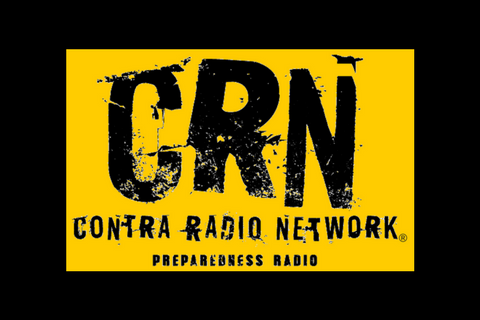Author: James Burnette
Bugging Out on Foot: What’s Actually Possible? | Episode 371
Bugging Out on Foot: What’s Actually Possible? | Episode 371 When disaster strikes, the idea of grabbing a bag and heading out on foot into the wilderness is a […]
Planning for Debilitating Sickness in a Collapse | Episode 370
In a survival situation, we often focus on external threats—food shortages, civil unrest, natural disasters—but what happens if you are the weak link? If you or your spouse are too sick to function, your carefully laid survival plans could fall apart. Today, we’re diving into the critical topic of prepping for debilitating sickness and ensuring your household can still function if one or more members are incapacitated.
"Planning for Debilitating Sickness in a Collapse | Episode 370."
Tax-Free Living Legal Ways to Keep More of Your Money | episode 369
In uncertain times, keeping as much of your hard-earned money as possible is a smart move. While taxes are unavoidable in many aspects of life, there are completely legal ways to minimize what you owe. For preppers and survivalists, finding ways to operate outside the heavily taxed mainstream economy can be a game-changer. Here’s how you can legally reduce your tax burden and keep more of your money.
"Tax-Free Living Legal Ways to Keep More of Your Money | episode 369."
Bartering in a Collapse | Episode 368
Bartering in a Collapse | Episode 368 In a post-collapse world, traditional currency may become worthless overnight. When supply chains break down, people will need alternative ways to […]
General Physical Fitness for Preppers & Survivalists | Episode 367
When most people think about prepping, they focus on stockpiling food, water, and gear. But there’s one crucial factor that often gets overlooked—physical fitness. In a survival situation, your body is just as important as your supplies. Whether it’s carrying heavy loads, escaping danger, or simply enduring tough conditions, your fitness level can determine whether you thrive or struggle when the SHTF.
"General Physical Fitness for Preppers & Survivalists | Episode 367"













Follow Us!